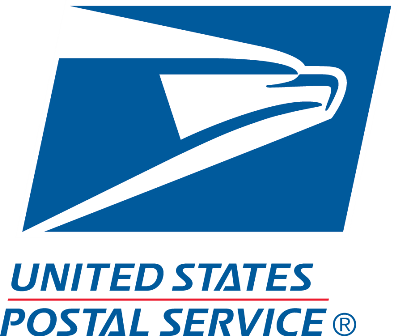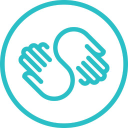How I Built A K9 Outdoor Gear And Content Company After Travelling The World With My Pup
Hello! Who are you and what business did you start?
My name is Devin Kelly, and I am the founder of DOGPAK—a company that makes high-quality outdoor K9 gear. I have traveled all over the world with my pup, Thunder, to 30 different countries and most of the US states, hiking, camping, and adventuring in nearly every kind of climate and terrain imaginable.
During our innumerable adventures together, we tested nearly every piece of outdoor K9 gear on the market, and to my surprise, most of it was problematic in some way.
Everything on the market was ill-fitting, bulky, boring, and often made with cheap, outdated materials. I was eager to use my knowledge as a rigger for skydiving and BASE jumping parachute systems and rock climbing harnesses to design a fresh take on dog backpacks using the same high-quality materials we enjoy in our gear.
Recognizing the importance of a proper fit and a lightweight design, I got my hands on some ultralight material and began the prototyping process. The result was an ultralight, waterproof, and reflective K9 backpack design that would be highly adjustable to fit all shapes of dogs.
Using the same kind of tech we use in human outdoor gear, I...

Download the report and join our email newsletter packed with business ideas and money-making opportunities, backed by real-life case studies.

Download the report and join our email newsletter packed with business ideas and money-making opportunities, backed by real-life case studies.

Download the report and join our email newsletter packed with business ideas and money-making opportunities, backed by real-life case studies.

Download the report and join our email newsletter packed with business ideas and money-making opportunities, backed by real-life case studies.

Download the report and join our email newsletter packed with business ideas and money-making opportunities, backed by real-life case studies.

Download the report and join our email newsletter packed with business ideas and money-making opportunities, backed by real-life case studies.

Download the report and join our email newsletter packed with business ideas and money-making opportunities, backed by real-life case studies.

Download the report and join our email newsletter packed with business ideas and money-making opportunities, backed by real-life case studies.




















































